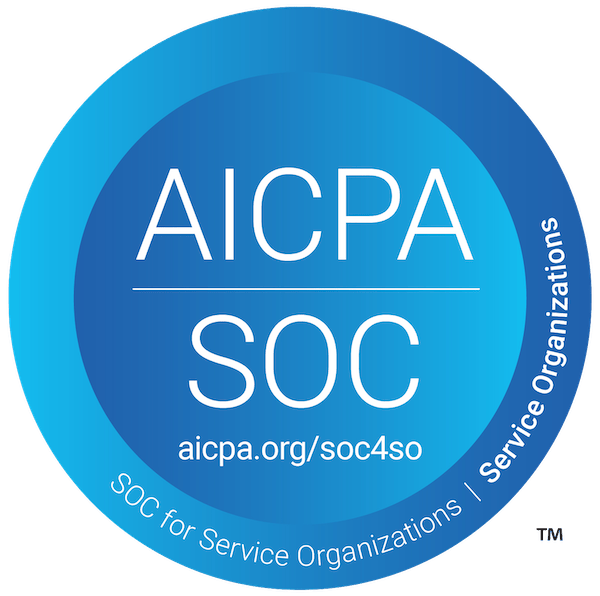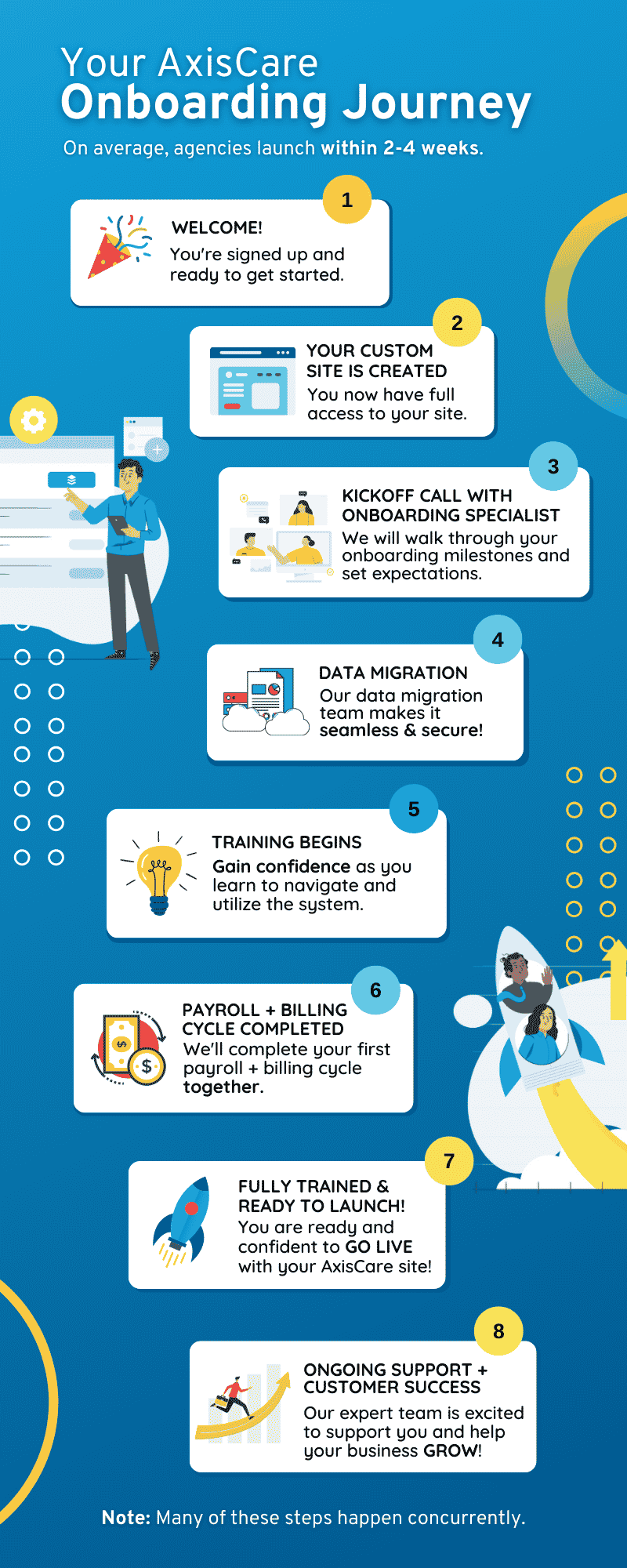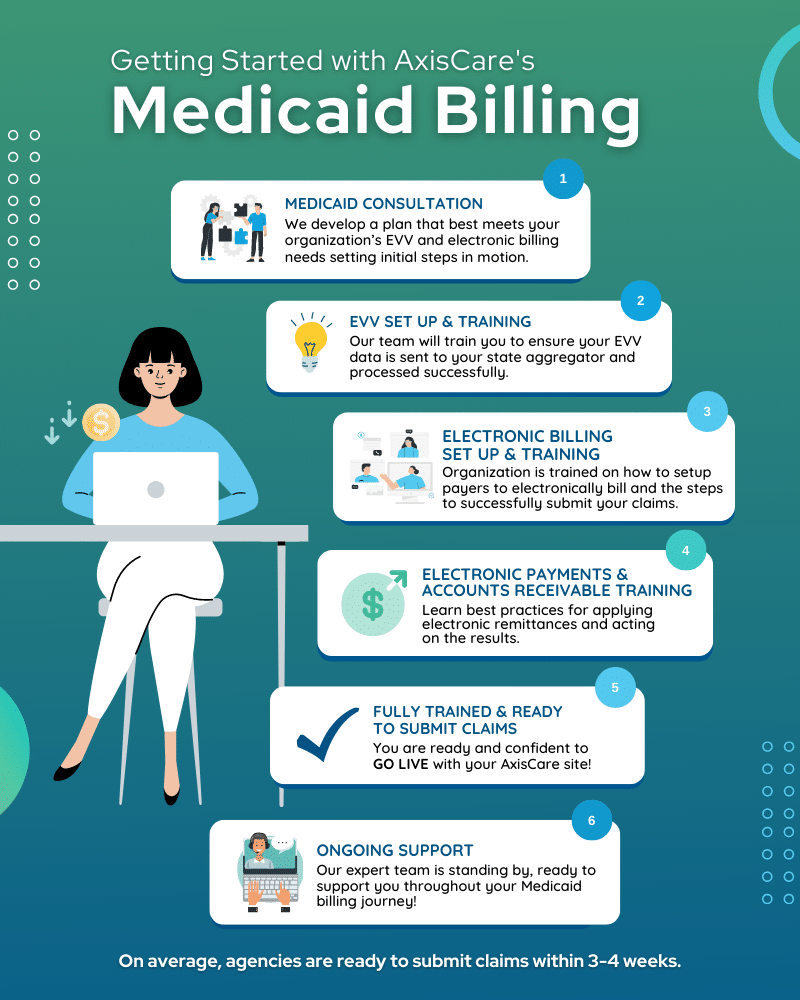When inflation hits, industries have nowhere to hide. Its shockwaves affect every corner of the economy, including home care, its caregivers, and their clients.
At first glance, it may not seem like caring for a disabled or elderly patient has anything in common with an increase in gas prices or grocery bills. But in a heavily interlinked economy, small changes ricochet to even the most specialized niches.
Home care inflation has become a pressing reality, and agencies are reckoning with challenging financial circumstances. Here is how they can approach changing economic conditions strategically, and which shifts are most pressing in the industry.
Home Care Industry Trends Overview
As the population ages, the demand for home care continues to increase. Americans have a preference for aging peacefully at home, as opposed to moving into a care facility. A recent study conducted by The Associated Press-NORC Center for Public Affairs Research found that 88% of Americans would rather receive any necessary long-term care services in the comfort of their own homes as they age. Advancements in technology are meeting this growing demand, making it increasingly easy to deliver an even wider variety of specialized at-home care.
On the other hand, this spike in demand is colliding with staffing challenges and legislative changes that are affecting the entire workforce. Caregivers are hard to come by these days, and retention is top of mind for agencies everywhere.
Current Economic Challenges in the Home Care Industry
Let’s take a look at the current economic conditions in the home care industry and which factors are currently influencing its financial dynamics.
Rising Cost of Services
These days, agencies are reporting cost-of-care increases ranging from 15% to 40%, leading to financial pressures and potential changes in business strategies.
The first challenge is a disparity in supply and demand: according to basic economics, high demand (for home care) and limited supply (of caregivers) is a recipe for driving up costs. Some agencies may choose to increase salaries to attract more talent and offer better incentive/compensation packages to keep them on board.
Caregivers are also paying more at the pump to drive to their clients’ homes, and in order to appropriately compensate for the difference, home care agencies are having to increase travel expense allowances.
Retaining Qualified Caregivers
Labor competition and caregiver shortages are intensifying alongside escalating demands. A report by Home Health Care News reveals that the U.S. Department of Labor anticipates the demand for home health aides and caregivers will surge by 36% over the next decade. To alleviate these pressures, it is critical to ensure caregivers receive equitable compensation for both their travel expenses and wages, which can significantly contribute towards their feeling of worth in their roles.
Turnover rates in the caregiving field are a significant concern, with the 2023 Activated Insights Benchmarking Report stating that the average caregiver turnover rate is a staggering 77%. Such high turnover not only impacts the stability of care for clients but also brings about substantial hiring and training costs for home care agencies. Therefore, retaining qualified caregivers is not just about maintaining quality care, but it’s also an economic imperative. In light of these challenges, caregiver retention must be at the forefront of planning and strategy for any home care service aiming to navigate through these economic challenges successfully.
Market Size Growth
In 2022, the size of the home healthcare services market was valued at $90.47 billion. By 2030, it’s projected to hit $156.28 billion, which is equivalent to a CAGR of 7.2%. Supply and demand issues are already squeezing the industry today, and agencies are unlikely to find relief in the coming years. This means they will need to make long-term strategic business decisions to brace for ongoing challenges.
Strategies for Addressing Economic Challenges
Make Caregiver Retention a Priority
Retaining staff and preserving routine are crucial components of the client-caregiver relationship. Dependable caregivers prevent family members from getting burned out, and in return, the more caregivers you have in your agency, the more scheduling flexibility you can offer for your caregivers and clients alike.
Raising caregiver wages in conjunction with the inflation rate will protect your employee roster and stave off turnover. No one can compete with a higher cost of living without an increase in pay that follows suit. In addition to competitive pay, incentives make caregivers feel even more valued.
Companies like Tapcheck can also be hired as an additional retention tool. They can offset a caregiver’s inflation costs and expense increases through earned wage access (EWA). All of these efforts combined make caregiver retention a powerful asset.
Reduce Hospitalizations with Quality Care
The greatest metric of an agency’s success is the quality of its care and patient satisfaction. Even standard inflation is already increasing inpatient and outpatient costs, and each caregiver visit has the potential to decrease emergency trips to the hospital.
AxisCare’s Hospitalization Tracking tool can show how an agency’s hospitalization rate compares to the national average of 16%. Agencies can input that data into cost savings calculators like this to help demonstrate their worth to clients.
Technology Integration
The more you automate, the more you save. Technology in home care takes care of countless administrative and organizational tasks, so you can free up limited caregiver time and reduce billables related to easily automated work. From billing workflows to time tracking and appointment follow-ups, technology is the key to freeing up precious time and resources.
Future of Home Care Services
Patient-Centric Care Models
Patient-centric care (or PCC) is an approach to healthcare that prioritizes individual needs, preferences, and experiences. It actively involves patients in their treatment decisions, as opposed to handing down recommendations that are one-size-fits-all.
PCC fosters open communication between patient and practitioner, emphasizing empathy, respect, and a holistic understanding of the patient that aims to improve health outcomes and increase adherence to the care plan.
Grow Your Business and Stay Ahead of Trends with AxisCare
Industry trends may be in flux, but one thing will always remain the same: integrating home care technology will take work off employees’ plates and free up time to deliver better care. If you want to boost your home care agency and its growth in 2024 and beyond, book a demo with one of AxisCare’s industry experts.











